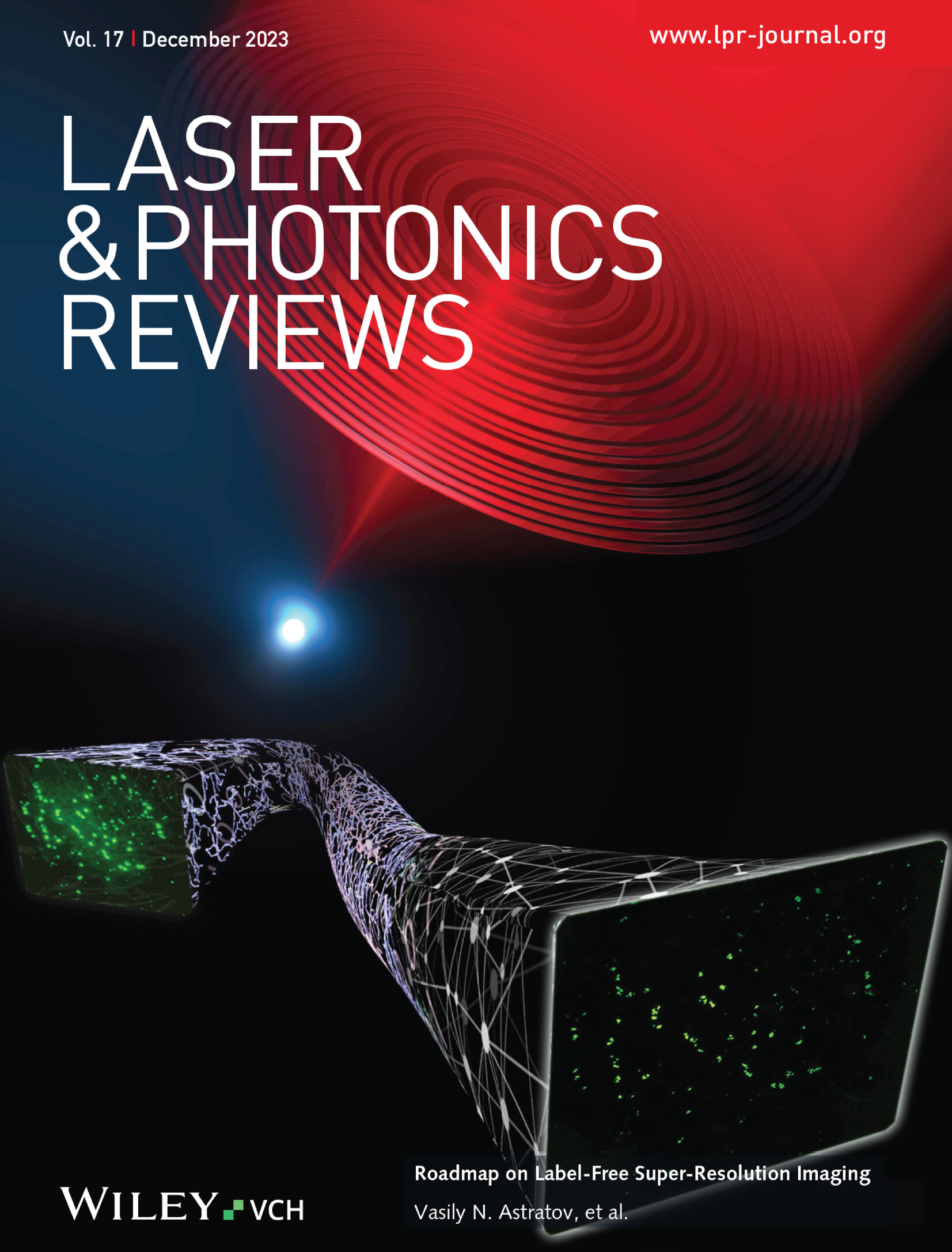Spatiotemporal Superfocusing
IF 9.8
1区 物理与天体物理
Q1 OPTICS
引用次数: 0
Abstract
Superfocusing enables the confinement of electromagnetic waves within subwavelength‐scale structures, thereby breaking the diffraction limit. Structures with spatial singularities, such as metallic wedges, are crucial for achieving nanoscale focusing, leading to significant advancements in the sensing and imaging of subwavelength structures. In this study, the spatiotemporal analogue of the wedge structure, i.e. a dielectric medium sandwiched between two subluminal interfaces with distinct velocities, is exploited to focus propagating waves to deep subwavelength scales, thereby achieving the spatiotemporal superfocusing. In this configuration, an incident pulse undergoes cascaded compression due to the Doppler effects, accumulating to extreme focusing and enhancement as it approaches the spatiotemporal vertex. Remarkably, unlike the field localization in conventional superfocusing, the compressed light in spatiotemporal wedges experiences significant amplification and then couple to the far field in free space. The findings represent an indispensable paradigm for extreme concentration and amplification of propagating waves in space‐time dimensions.时空Superfocusing
超聚焦使得电磁波被限制在亚波长尺度结构中,从而打破了衍射极限。具有空间奇点的结构,如金属楔,对于实现纳米尺度聚焦至关重要,导致亚波长结构的传感和成像取得重大进展。在本研究中,利用楔形结构的时空模拟,即介电介质夹在两个不同速度的亚光速界面之间,将传播波聚焦到深亚波长尺度,从而实现时空超聚焦。在这种配置中,由于多普勒效应,入射脉冲经历级联压缩,在接近时空顶点时积累到极端聚焦和增强。值得注意的是,与传统超聚焦中的场定位不同,时空楔中的压缩光经历了明显的放大,然后在自由空间中耦合到远场。这些发现为传播波在时空维度上的极端集中和放大提供了不可或缺的范例。
本文章由计算机程序翻译,如有差异,请以英文原文为准。
求助全文
约1分钟内获得全文
求助全文
来源期刊
CiteScore
14.20
自引率
5.50%
发文量
314
审稿时长
2 months
期刊介绍:
Laser & Photonics Reviews is a reputable journal that publishes high-quality Reviews, original Research Articles, and Perspectives in the field of photonics and optics. It covers both theoretical and experimental aspects, including recent groundbreaking research, specific advancements, and innovative applications.
As evidence of its impact and recognition, Laser & Photonics Reviews boasts a remarkable 2022 Impact Factor of 11.0, according to the Journal Citation Reports from Clarivate Analytics (2023). Moreover, it holds impressive rankings in the InCites Journal Citation Reports: in 2021, it was ranked 6th out of 101 in the field of Optics, 15th out of 161 in Applied Physics, and 12th out of 69 in Condensed Matter Physics.
The journal uses the ISSN numbers 1863-8880 for print and 1863-8899 for online publications.

 求助内容:
求助内容: 应助结果提醒方式:
应助结果提醒方式:


